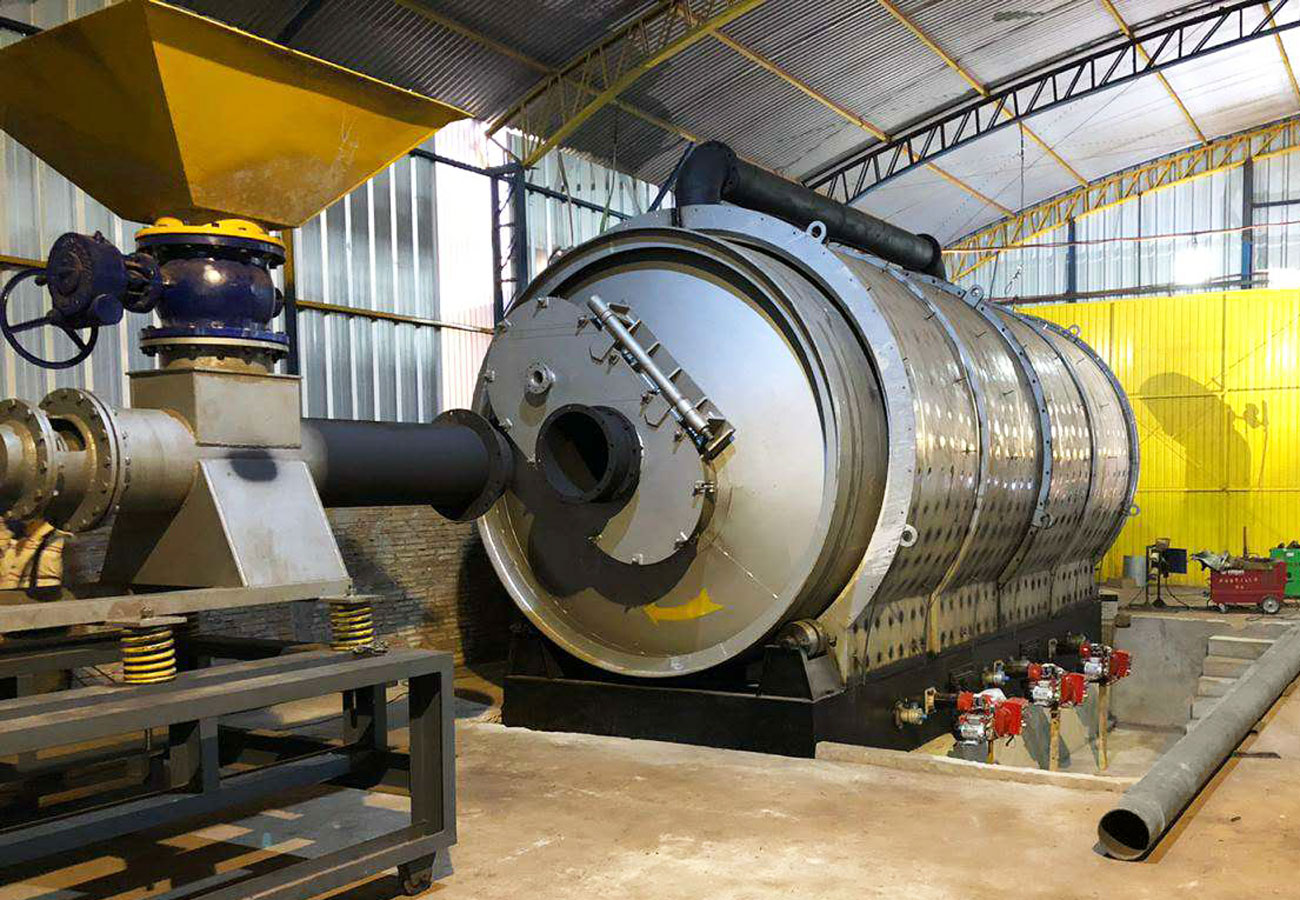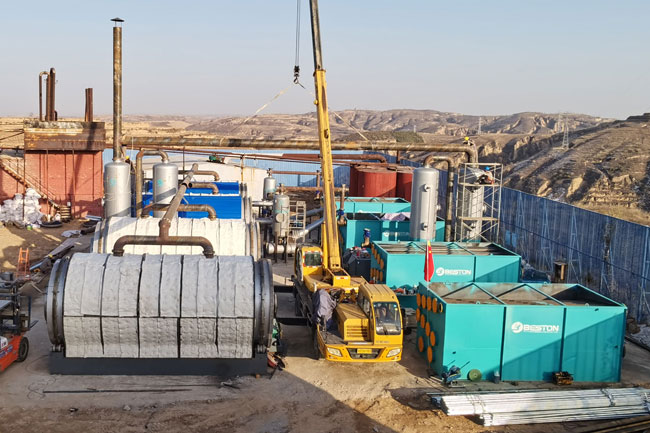Investing in a pyrolysis plant can be a lucrative business venture, offering both environmental benefits and financial returns. However, before diving into the world of pyrolysis, it’s essential to assess the potential return on investment (ROI) to ensure its profitability. In this post, we will guide you through the process of calculating the ROI for a pyrolysis plant, helping you make informed decisions and maximize your investment.

Initial Investment: Start by determining the total cost of acquiring a pyrolysis plant, including the purchase of pyrolysis plant cost, installation, infrastructure, permits, and any additional expenses. This forms the basis of your initial investment.
Operating Costs: Next, analyze the ongoing operating costs associated with running the pyrolysis plant. This includes expenses such as raw material procurement, labor, utilities, maintenance, and transportation.
Revenue Generation: Evaluate the revenue potential of your pyrolysis plant. Consider the market demand for the end products, such as biochar, bio-oil, and combustible gases. Determine the selling price of each product and estimate the quantity you can produce and sell within a given timeframe.
Product Yields: Understand the production yields of your pyrolysis plant. This depends on factors like the type of biomass feedstock, pyrolysis process efficiency, and equipment capabilities. Calculate the quantity of each product that can be obtained from a given amount of biomass. The scale of plant has influence on the yield, like small pyrolysis plant, continuous type.

Sales Forecast: Based on market research and demand analysis, forecast your sales volume for each product. Consider factors like customer preferences, competition, and pricing strategies. Estimate the percentage of your production that you can successfully sell.
Financial Projections: Create a financial projection by considering the revenue from product sales, deducting the operating costs, and accounting for depreciation and other expenses. Calculate the net profit generated over a specific period, such as annually or monthly.
Return on Investment: To calculate the ROI, divide the net profit by the initial investment and multiply by 100 to express it as a percentage. This provides a clear picture of the profitability of your tire pyrolysis equipment investment.
Payback Period: Determine the payback period, which is the time it takes to recoup your initial investment. Divide the initial investment by the net profit generated per period to calculate the payback period. A shorter payback period signifies a quicker return on your investment.
Risk Assessment: Assess the risks associated with your pyrolysis plant investment, including market volatility, regulatory changes, feedstock availability, and technological advancements. Mitigate risks through proper planning, diversification, and contingency strategies.
Remember, ROI calculations are estimates and should be regularly reviewed and adjusted based on market dynamics and operational performance. Consult industry experts, financial advisors, and market research to ensure accurate calculations and informed decision-making.
By carefully calculating the ROI for your pyrolysis plant, you can make confident investment decisions and optimize your business profitability. Or you send the details to this web https://www.bestongroup.com/ru/ to get a report. With the right strategy, a well-managed pyrolysis plant can offer a sustainable and financially rewarding venture in the growing field of renewable energy and waste management.